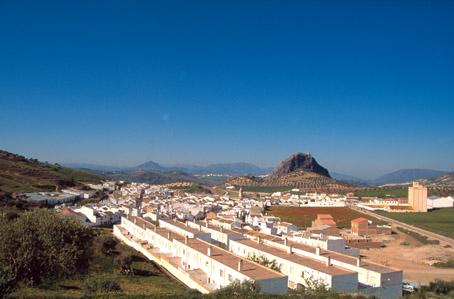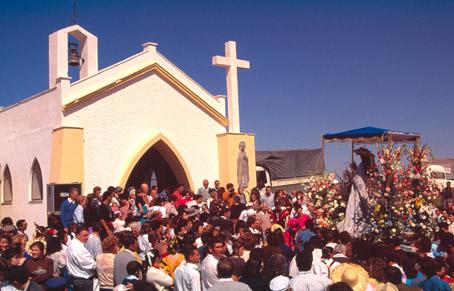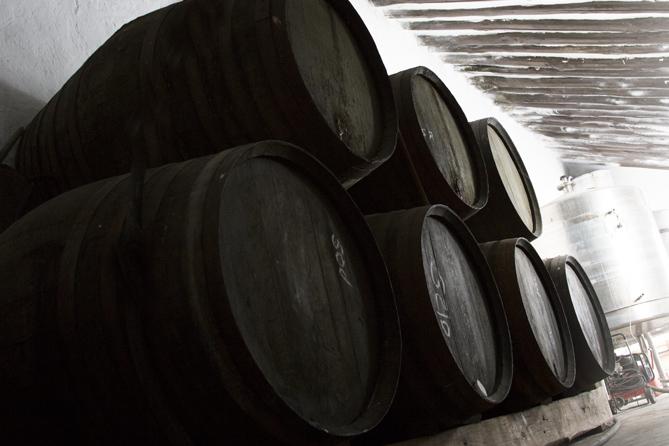Pruna

Small village located in the south of the province, in the Sierra del Tablón, near the border of the province of Cádiz. It is a small mountain village with white houses and brown tile roofs, fully integrated in the beautiful landscape and dominated by the Castillo de Hierro. The principal monument in the church of San Antonio Abad.
History
The first settlements date back to the period of the turdalos, remains of which were discovered at the so-called "castle", located a kilometre from the present-day village and called Callet.The Phoenicians and the Greeks also settled here. The latter called the village Prunna, name from which the present one evolved.
Under the Romans, the city was annexed to the Roman Empire during the first stage of the conquest of the peninsula as part of the province Ulterior.
During the period of Al-Andalus, it was a farmstead devoted to farming and cattle raising. It belonged to the kingdom of Seville.
The Christian reconquest was led by Alfonso X, who granted the village to the Order of Calatrava. In 1457 it was granted by Enrique IV to don Rodrigo de Rivera to defend it against the attacks of the Muslims. During this period the village belonged alternatively to Christians and to Muslims.
In 1482 Pruna was sold to Rodrigo Ponce de León. In the 16th century it was annexed to the duchy of Arcos and received the title of villa. In the 18th century it passed to the duchy of Osuna.
The village was burnt during the French invasion.
Eminent citizens
Eladio Gil Zambrana, sculptor and painter.
María Jesús Muñoz Sánchez, painter.











